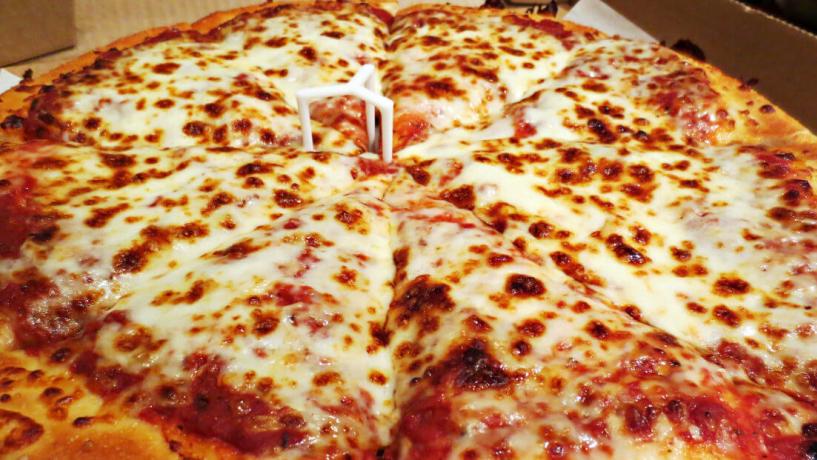
Popular junk food brands have begun to find new ways of avoiding television advertising restrictions in Australia by promoting unhealthy foods through social media networks.
A study conducted by Sydney University’s School of Public Health discovered that, over a one-month study, unhealthy food and drink brands attracted over thirteen million “likes” from Australian consumers.
The study has highlighted concerns that these aggressive marketing techniques could be prompting the rise in childhood obesity. According to the Australian Institute of Health and Welfare, approximately 1 in 4 Australian children are overweight.
In an attempt to improve the health and safety of young Australians, the ACMA (Australian Communications and Media Authority) has imposed some restrictions on the advertisement of junk foods during children’s television programs. However, similar restrictions do not exist online.
The Impact of Television Advertisement Restrictions
Recent studies suggest that television programs aimed at children between the ages of 6 and 11 have 10% fewer advertisements for fast foods. Instead, healthier meals and snacks have begun to be advertised, such as salads and snacks. However, this positive media trend has been overwhelmed by negative online results. Although younger children are seeing fewer junk food advertisements, older children and teens are not.
The University of Sydney researched 27 of the top-ranking brand pages on Facebook for unhealthy food and drinks. Bubble O’Bill Ice Cream ranked first in Facebook popularity within Australia, boasting over a million likes. Following this was:
- Skittles, “896,469 likes”
- Domino’s Pizza, “762,990 likes”
- Coca-Cola (Australia), “761,020 likes”
- Coco-Cola, “714,465 likes”
These social media pages used popular endorsements, games, and picture competitions, such as asking customers to take a photo of themselves with the product to gain temporary Facebook stardom, to lure young people into their sites.
The Results of the Study
The lead author of the research investigation, Dr Becky Freeman, suggested that one of the most significant factors influencing the continuously rising obesity rate in Australia is the consistent presence of aggressive unhealthy food and beverage marketing.
Although she recognises that a complete ban on all advertisement is unlikely, Dr Freeman pointed out that a narrow focus on marketing research ignores the online campaigns directed at adolescents and teenagers. According to the doctor, “As a minimal first step, increased monitoring of how energy dense, nutrient-poor food and beverages are marketed on social media is essential.”




